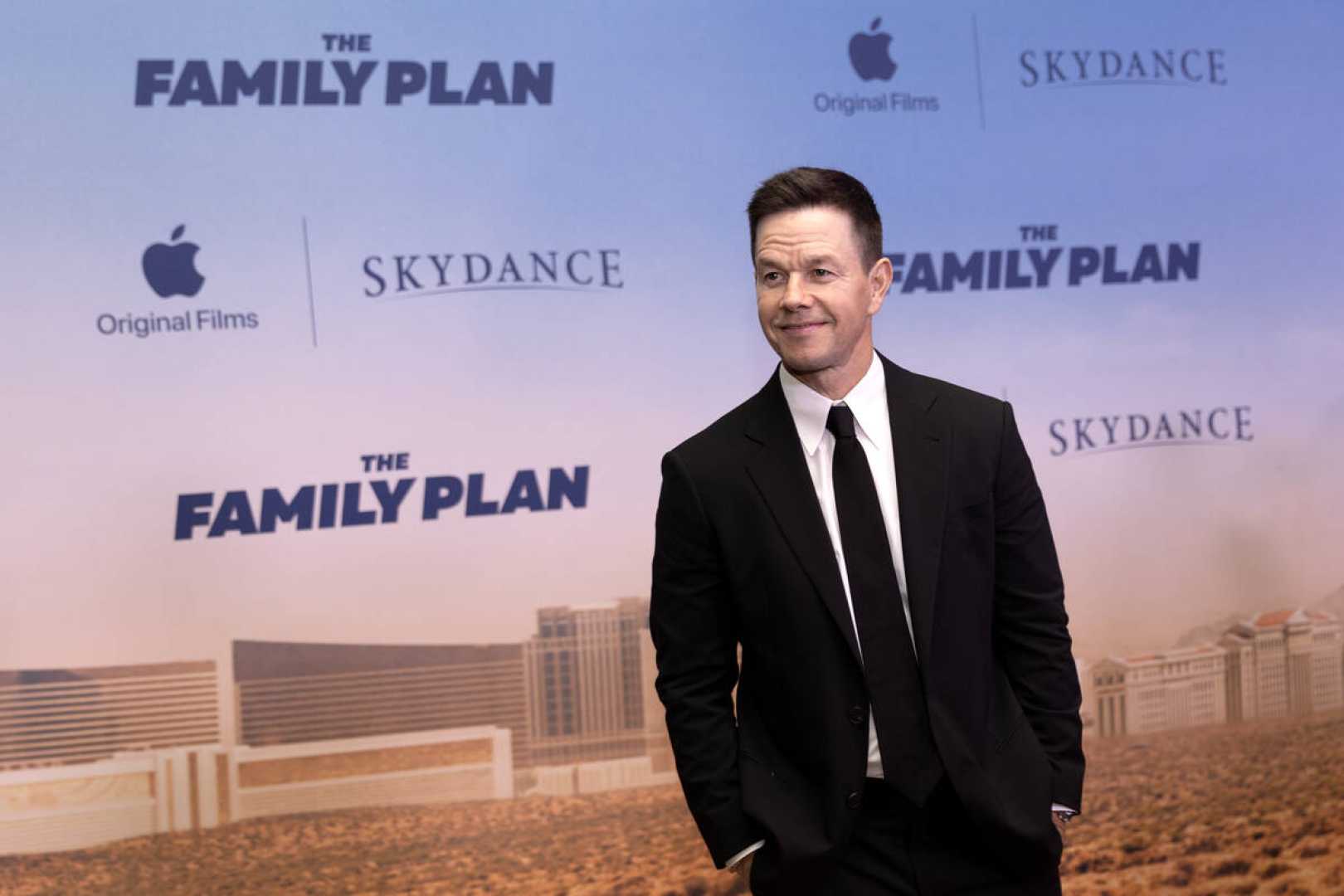Entertainment
Mark Wahlberg’s ‘Flight Risk’ Proves Las Vegas Can Double as Alaska

LAS VEGAS, Nev. — Mark Wahlberg‘s latest thriller, “Flight Risk,” set entirely in Alaska, was filmed almost entirely in Las Vegas, showcasing the city’s potential as a versatile film production hub. The movie, directed by Mel Gibson, premieres Jan. 24 and marks a significant milestone for Nevada’s film industry.
“Flight Risk” follows a mob accountant, Winston (Topher Grace), who is arrested by U.S. Deputy Marshal Madolyn Harris (Michelle Dockery) and must be transported through Alaska’s treacherous wilderness. Wahlberg stars as Daryl Booth, the pilot tasked with the dangerous mission. Despite its Alaskan setting, the majority of the film was shot in Las Vegas, with a few scenes filmed at the Mesquite airport.
“You could have a movie set anywhere and shoot it in Vegas,” Wahlberg said during a recent interview. The actor, who moved his family to Las Vegas in August 2022, has been a vocal advocate for transforming the city into a major film production center. His efforts have garnered support from industry giants like Howard Hughes Holdings, Sony Entertainment, and Warner Bros. Discovery.
Kim Spurgeon, director of the Nevada Film Office, noted that the idea of building movie studios in Las Vegas is not new. However, the lack of competitive tax incentives has historically hindered progress. “If I had a nickel for every time someone said they were going to build a studio in Las Vegas, I’d have well over a dollar,” Spurgeon quipped.
Tax incentives have been a game-changer for film production since Louisiana introduced rebates in 1992. While Las Vegas has occasionally hosted major productions like “Casino” and “Lethal Weapon 4,” most films set in the city are shot elsewhere due to cost considerations. For example, the 2013 comedy “Last Vegas” recreated a Las Vegas nightclub in Atlanta to save money.
“Flight Risk” is believed to be the first major motion picture in the tax incentive era to film in Las Vegas despite not being set there. The production team used cutting-edge technology to replicate Alaska’s rugged terrain. A Cessna 208B Grand Caravan was modified and placed on a 10-foot gimbal at LMG Touring & Entertainment, a Las Vegas facility typically used for concert rehearsals. Surrounding the plane were 1,830 LED panels displaying footage of Alaskan landscapes captured by a helicopter-mounted camera rig.
“We’re one of the few purpose-built rehearsal spaces on the West Coast,” said Craig Mitchell, LMG’s managing director. The facility has previously hosted Super Bowl commercials and tour rehearsals for artists like The Killers and Usher.
Las Vegas’ growing film infrastructure includes Vū Las Vegas, a virtual production studio that uses Industrial Light and Magic‘s Volume technology. The facility, which hosted scenes for Nicolas Cage‘s “Sympathy for the Devil,” allows filmmakers to shoot in controlled environments with real-time background visuals.
Wahlberg praised the efficiency of digital stages, noting that “Flight Risk” was completed in just 22 days. “With technology, there isn’t anything you can’t do,” he said. The actor-producer hopes that upcoming legislative efforts to revamp Nevada’s film tax credits will solidify Las Vegas as a viable production hub.
Proposals to enhance the state’s film tax incentives are expected to be introduced during the 2025 legislative session, which begins Feb. 3. Chuck Akin, general manager of Vū Las Vegas, expressed optimism about the future. “When it goes through, it will be good for everybody,” he said.
Wahlberg remains confident in Las Vegas’ potential. “I really feel like the business is prime for a new hub to create all this opportunity,” he said. “And I think it will become one of the most important industries in the state of Nevada.”












